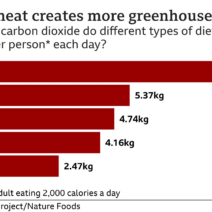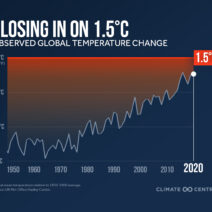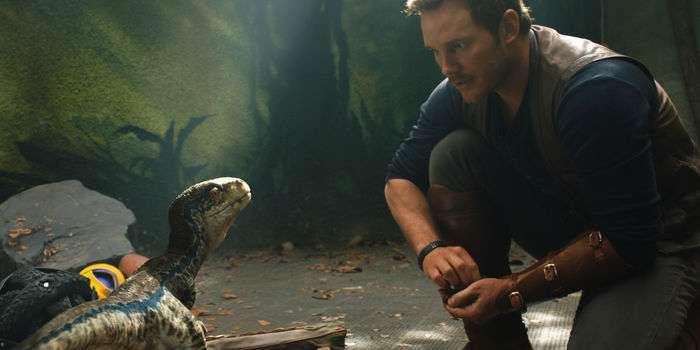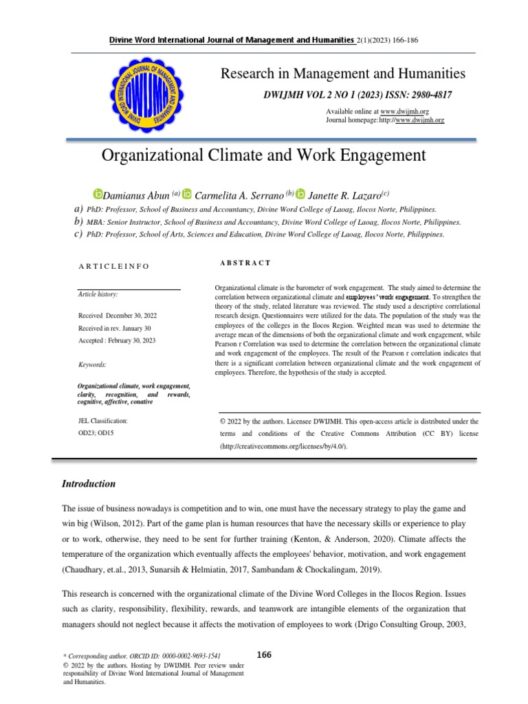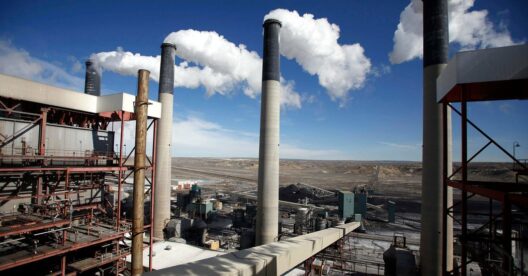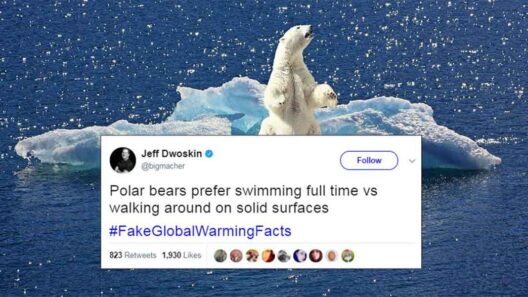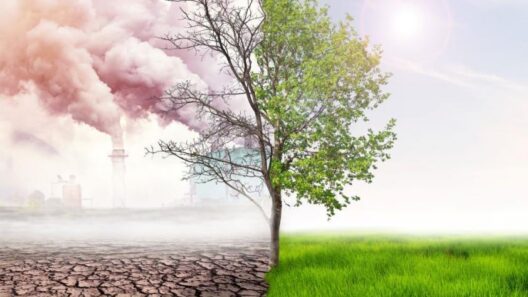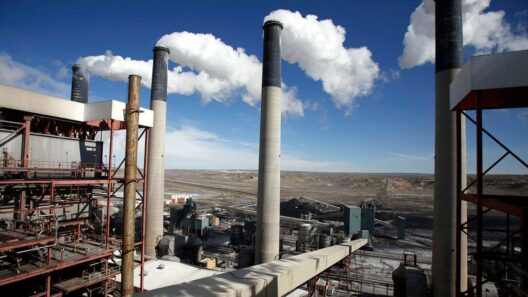Global warming has become one of the most pressing issues of our time, sparking a myriad of questions about its long-term impacts on Earth and its ecosystems. One fascinating yet somewhat surreal topic that emerges when discussing the consequences of climate change is whether it is possible for global warming to precipitate a return to a Jurassic-like era. This notion, while primarily speculative, deserves exploration through various lenses, encompassing both the scientific basis and the broader implications for biodiversity, climate systems, and ecological stability.
To begin, it is essential to contextualize the Jurassic Period itself. Lasting from approximately 201.3 million to 145 million years ago, this era was characterized by a warm climate with higher atmospheric CO2 levels than present day. The dinosaurs flourished during this period, with lush vegetation and diverse ecosystems occupying the planet. The concept of global warming conjures images of rising temperatures, melting ice caps, and changing weather patterns, prompting discussion about how these elements could converge to create a modern-day scenario reminiscent of the Jurassic period.
First and foremost, let’s consider how elevated temperatures influence the planet’s ecosystems. A significant increase in global temperatures could lead to the thriving of certain flora and fauna while simultaneously endangering others. As climate zones shift poleward, we might witness the emergence of species more reminiscent of prehistoric times. For instance, certain tropical plants, ideally suited for warmer climates, could proliferate in regions currently classified as temperate. This shift could contribute to a rudimentary recreation of the dense forests that were prevalent during the Jurassic.
Moreover, with increased temperatures also comes altered precipitation patterns. This phenomenon could create expansive wetlands and swamps—environments where many prehistoric creatures thrived. Such wetland ecosystems were prime habitats for early dinosaurs and other reptiles, providing an ample food supply as well as a nurturing ground for their offspring. As modern-day wetlands expand due to climate changes, they could inadvertently mimic the environmental conditions of the Jurassic, offering opportunities for species diversification and adaptation.
However, the question remains: would these conditions foster the resurrection of extinct species or the evolution of new ones? The Jurassic Period was marked by unique evolutionary pressures that shaped its inhabitants. In today’s world, the process of evolution occurs over millennia, making it unlikely that we would see a direct resurgence of Jurassic-era species in any straightforward capacity. Nevertheless, adaptive radiation could result in modern-day reptiles and birds exhibiting characteristics that echo those of their ancient counterparts. This process illustrates the resilience of life and its inherent ability to adapt to ever-changing conditions.
Another crucial dimension to consider is the potential impact of climate change on extinction rates. The Jurassic was a time of both flourishing diversity and significant upheaval, including mass extinction events. If global warming continues unabated, we could face parallel circumstances today, where numerous species face extinction due to rapid environmental shifts. Loss of biodiversity can destabilize ecosystems, triggering cascading effects that could ultimately challenge the integrity of biological communities. The analogy with Jurassic extinction events highlights the fragility of life and the delicate balance that must be maintained.
Moreover, the pursuit of preserving biodiversity in a warming world is critical. Conservation efforts aimed at shielding endangered species could play a role in maintaining a semblance of equilibrium. Incorporating strategies like wildlife corridors would allow for migration in response to shifting climates, potentially fostering biodiversity in the long run. This practice could preserve existing species that embody traits reminiscent of ancient creatures, thereby offering a connection to the past without resurrecting it.
It is also paramount to acknowledge the role of human activity in exacerbating global warming. Deforestation, fossil fuel consumption, and pollution have drastically altered Earth’s climate at an unprecedented pace. This anthropogenic influence introduces complexities that make comparisons between today and the Jurassic period less straightforward. The current anthropogenic climate crisis imposes constraints on natural processes of evolution and adaptation, fundamentally differentiating our era from that of the dinosaurs.
Furthermore, despite the allure of imagining a Jurassic-like revival, it is critical to recognize the ethical implications involved. Would the emergence of larger reptiles evoke wonder, or would it pose unforeseen risks to present-day wildlife and human populations? The responsibility lies in comprehending the balance between nostalgia for a distant past and ensuring the survival of current ecosystems. Protecting biodiversity and enhancing ecological stability must remain at the forefront of global environmental policies.
In conclusion, while global warming may not literally bring back the Jurassic era, its effects could foster environments conducive to the proliferation of species reminiscent of that time. The potential reenactment of certain ecological characteristics challenges us to rethink our relationship with nature and the evolutionary trajectories of life on Earth. Understanding the interconnectedness of climate change, biodiversity, and the evolutionary struggle allows one to appreciate both the precariousness of our current state and the possibilities that the future may hold. As stewards of the planet, it is imperative that we navigate these waters judiciously, ensuring that we preserve the integrity of ecosystems while taking lessons from the past to inform sustainable practices moving forward.

